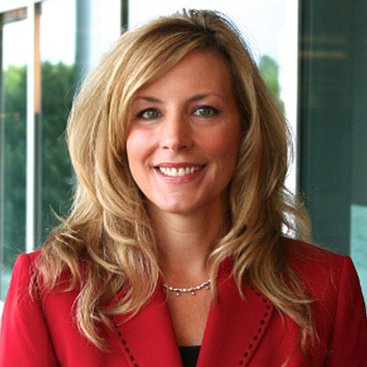 Predictions for 2017 are everywhere this time of year, and it is no wonder. There are so many technological advances, in health care and elsewhere, and a seemingly endless appetite for them. We all want the latest and greatest gadgets, we all want the most modern treatments, we all have come to increasingly rely on technology, and we all -- mostly -- see an even brighter technological future ahead. Here's my meta-prediction: some of the predicted advances won't pan out, some will delight us -- and all will end up surprising us, for better or for worse. Like Father Time and entropy, the law of unintended consequences is ultimately undefeated...
Predictions for 2017 are everywhere this time of year, and it is no wonder. There are so many technological advances, in health care and elsewhere, and a seemingly endless appetite for them. We all want the latest and greatest gadgets, we all want the most modern treatments, we all have come to increasingly rely on technology, and we all -- mostly -- see an even brighter technological future ahead. Here's my meta-prediction: some of the predicted advances won't pan out, some will delight us -- and all will end up surprising us, for better or for worse. Like Father Time and entropy, the law of unintended consequences is ultimately undefeated...
 Like open source, innersource is all about being transparent and collaborative. This usually leads to a sense of belonging that favors employee happiness if done right. Regardless of org charts, geographies, or expertise levels, innersource creates an inclusive environment where employees contribute and collaborate in the open and learn from one another. When everyone defaults to transparency, silos tend to disappear, and employees save time by reusing code, processes, or best practices from different parts of the organization.
Like open source, innersource is all about being transparent and collaborative. This usually leads to a sense of belonging that favors employee happiness if done right. Regardless of org charts, geographies, or expertise levels, innersource creates an inclusive environment where employees contribute and collaborate in the open and learn from one another. When everyone defaults to transparency, silos tend to disappear, and employees save time by reusing code, processes, or best practices from different parts of the organization.
 The United States is starting to emerge from a nation-wide shut down imposed to slow down the spread of COVID-19. Most states are starting to reopen, and while higher education will likely stay largely remote this fall, primary and secondary schools are expected to reopen as the economy tries to get back on its feet. As both children and adults begin to spend more time together again, it is important to understand the impact that COVID-19 is having on current immunization practices and services, and how open source software is being leveraged to keep the population safe.
The United States is starting to emerge from a nation-wide shut down imposed to slow down the spread of COVID-19. Most states are starting to reopen, and while higher education will likely stay largely remote this fall, primary and secondary schools are expected to reopen as the economy tries to get back on its feet. As both children and adults begin to spend more time together again, it is important to understand the impact that COVID-19 is having on current immunization practices and services, and how open source software is being leveraged to keep the population safe. This is the third article in our "Open Leadership Development" series. In part 1, I shared how we got started with building a leadership development system for our open organization. In part 2, I walked through four stages of leadership development in an open organization. Now, I'd like to share some leadership tools we've created for our open organization and published on GitHub under a Creative Commons license. One of my favorite homegrown pieces of our open leadership system is the OPT model, which was developed by my colleague Jan Smith, based on her observations within Red Hat and experience working with various leadership models. As you'll see, it's a strengths-based approach to development...
This is the third article in our "Open Leadership Development" series. In part 1, I shared how we got started with building a leadership development system for our open organization. In part 2, I walked through four stages of leadership development in an open organization. Now, I'd like to share some leadership tools we've created for our open organization and published on GitHub under a Creative Commons license. One of my favorite homegrown pieces of our open leadership system is the OPT model, which was developed by my colleague Jan Smith, based on her observations within Red Hat and experience working with various leadership models. As you'll see, it's a strengths-based approach to development...